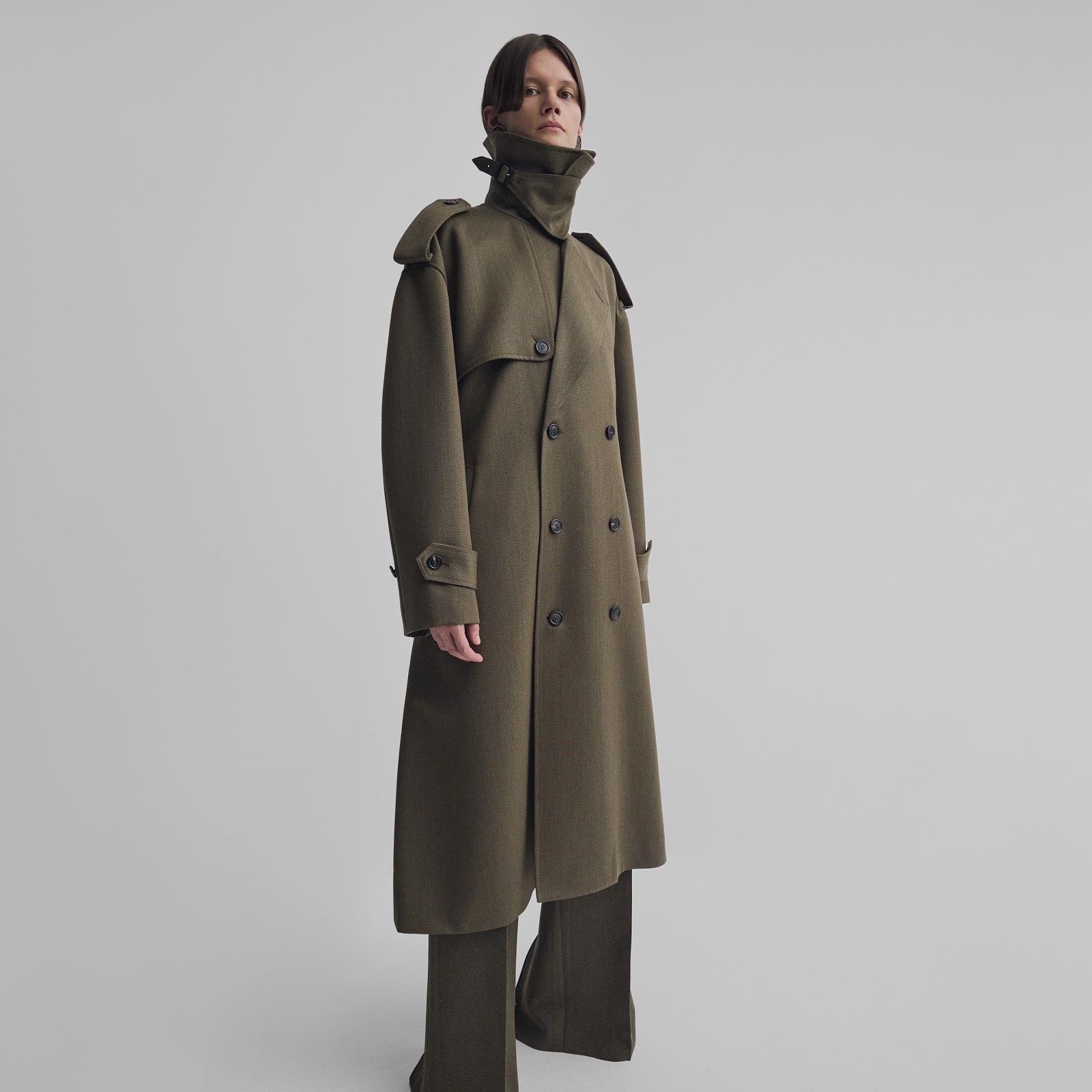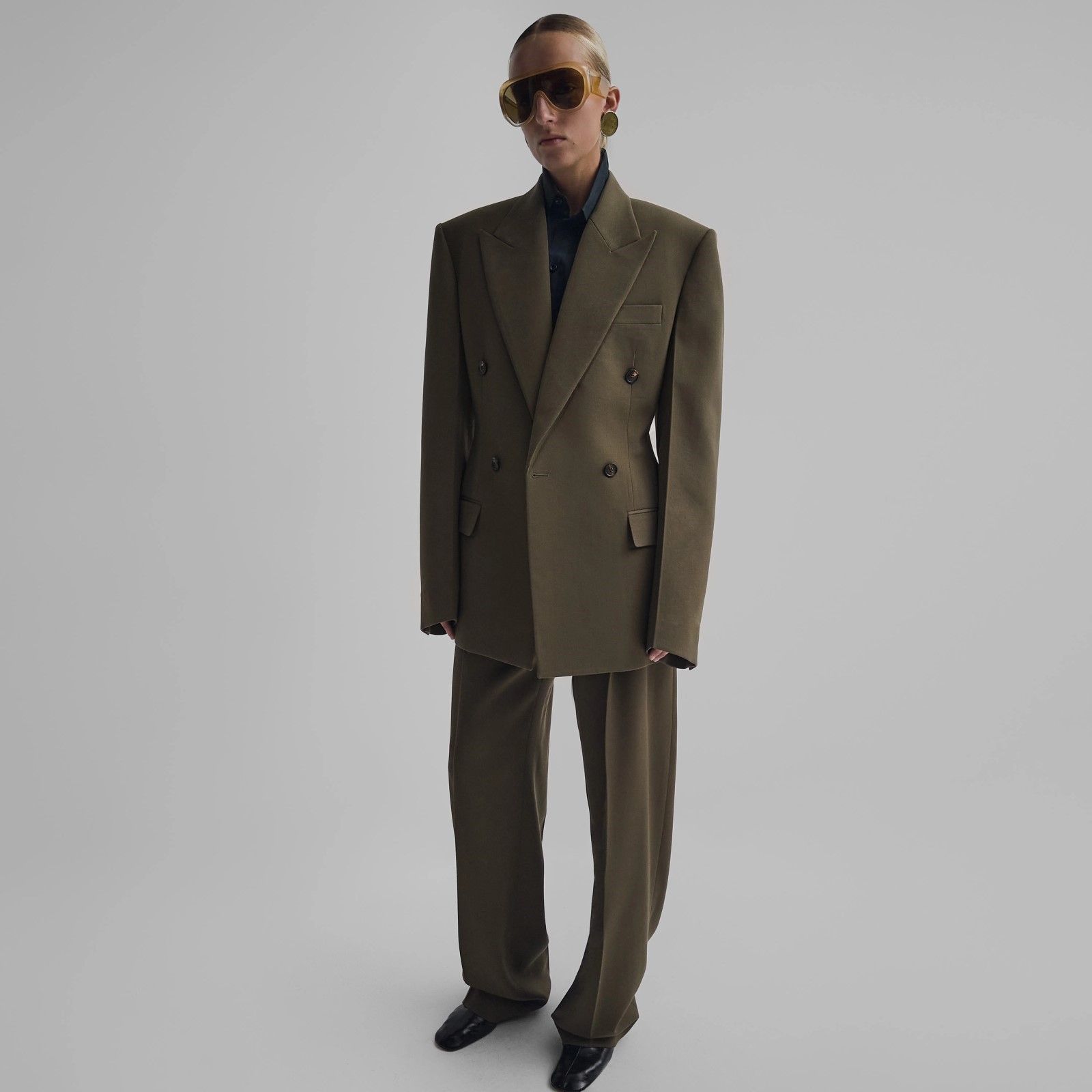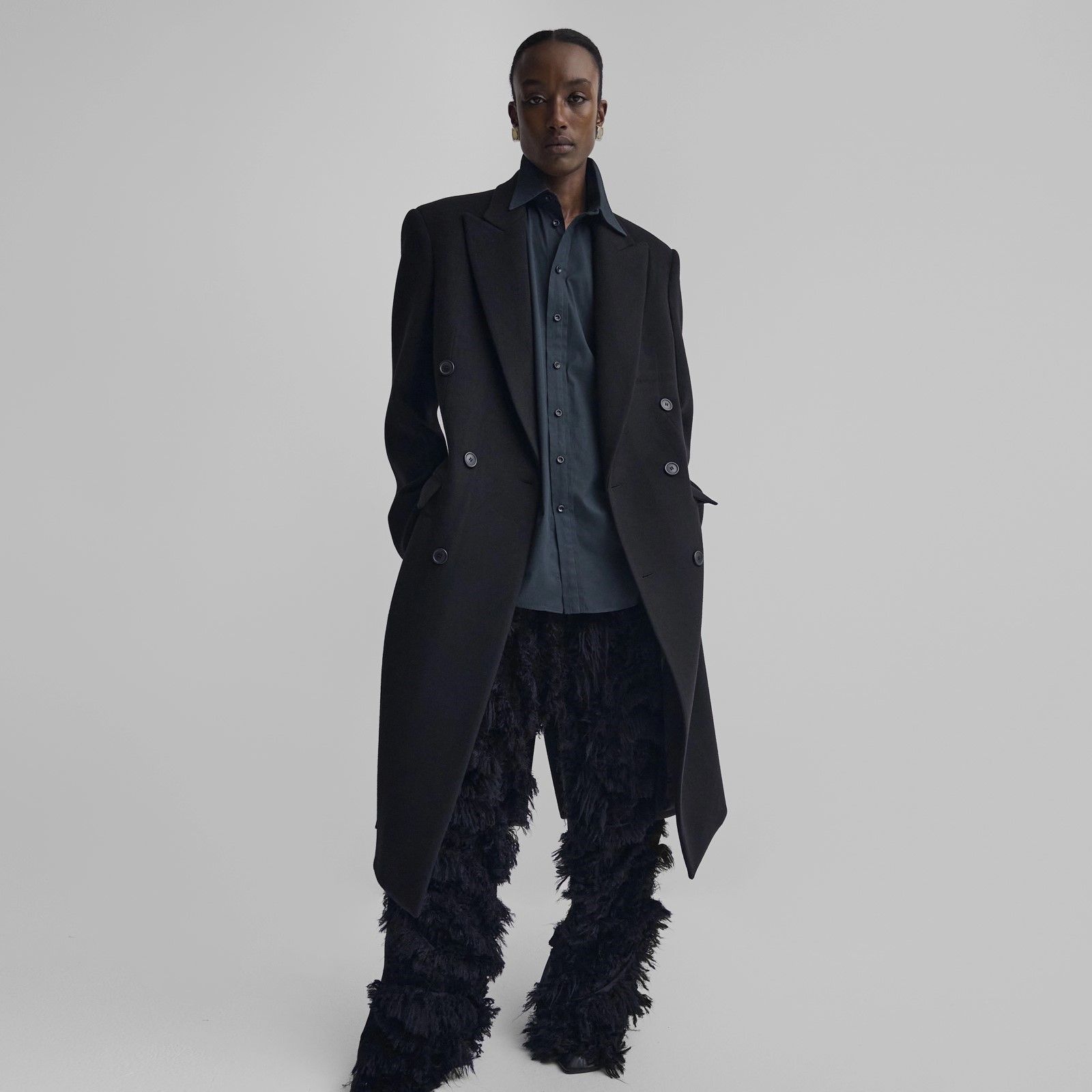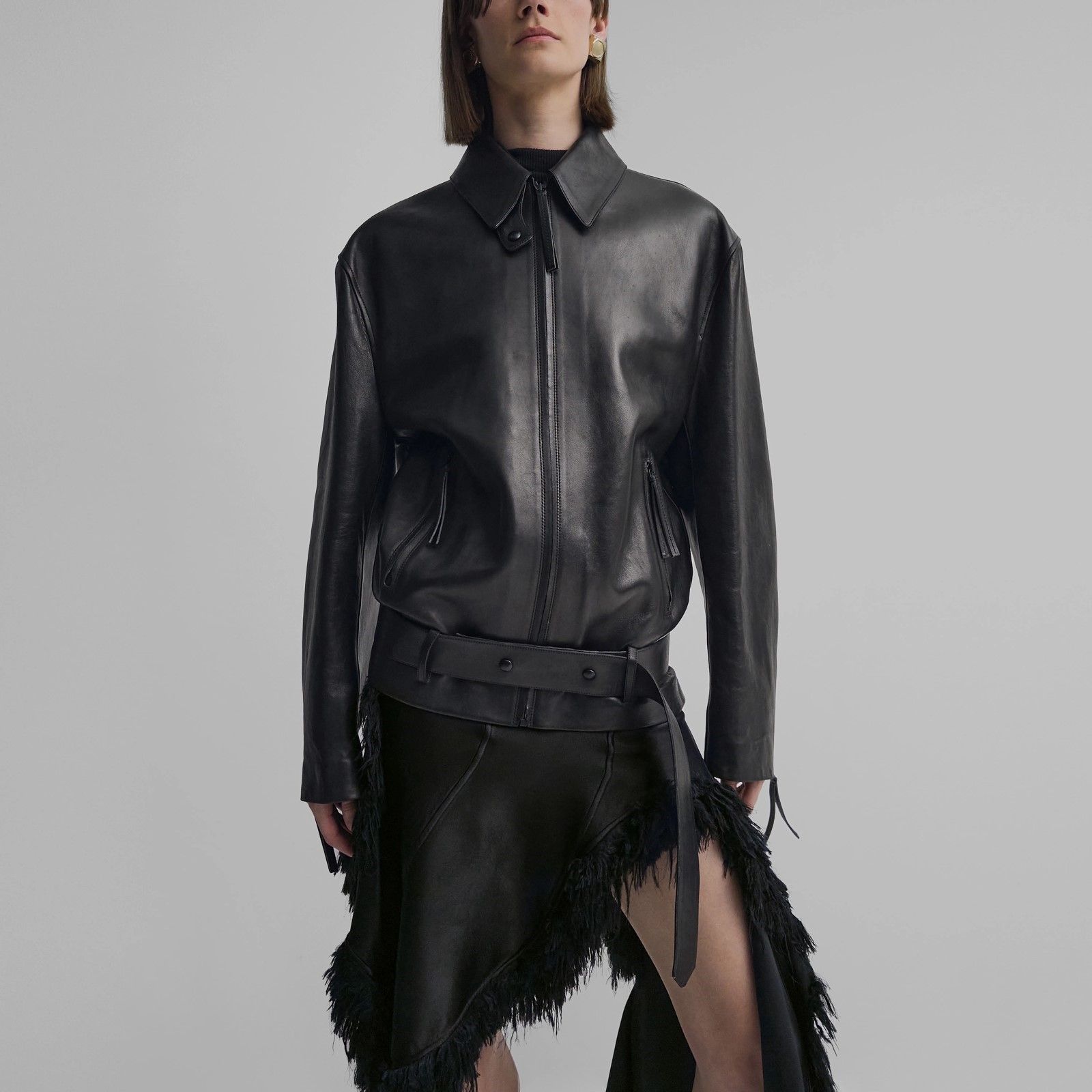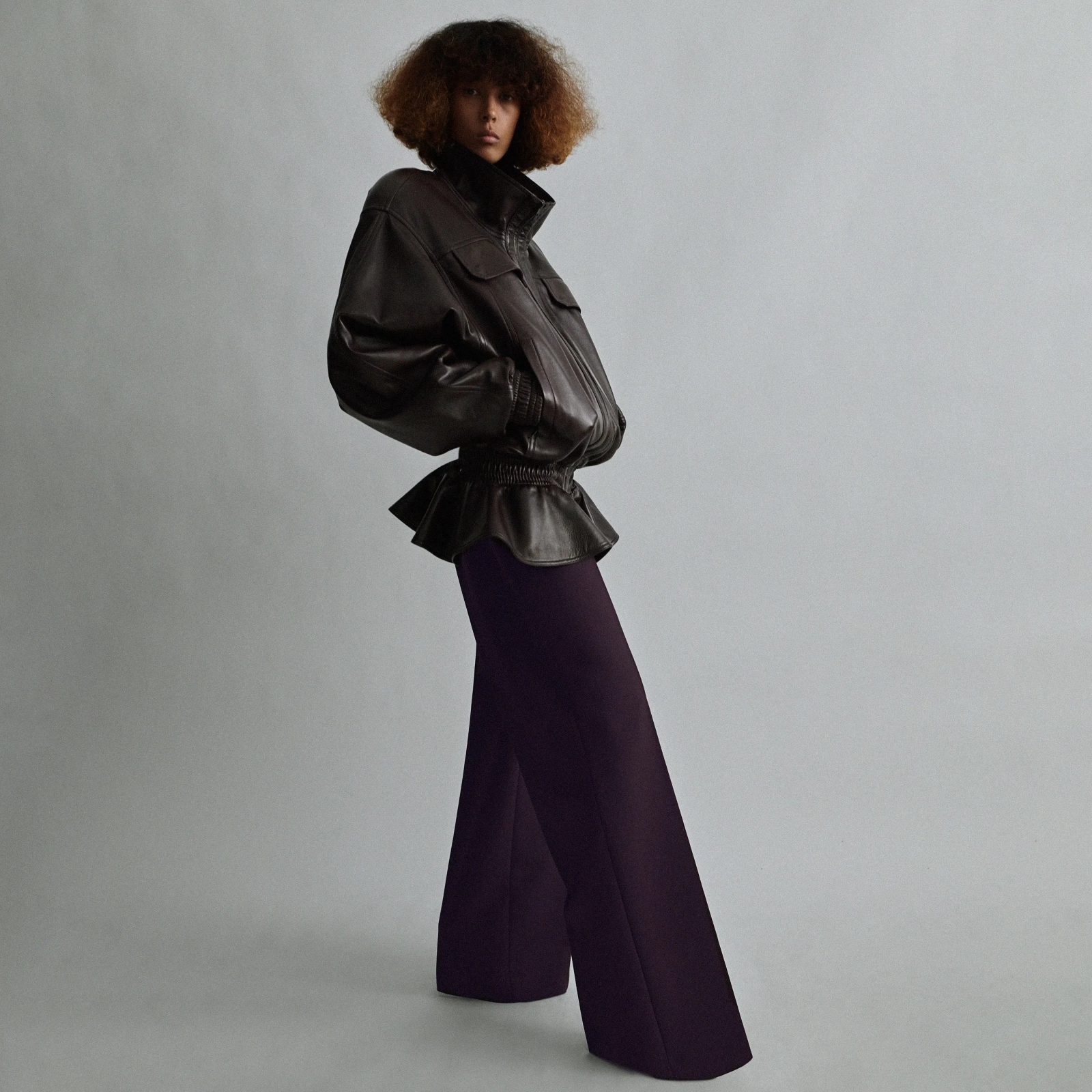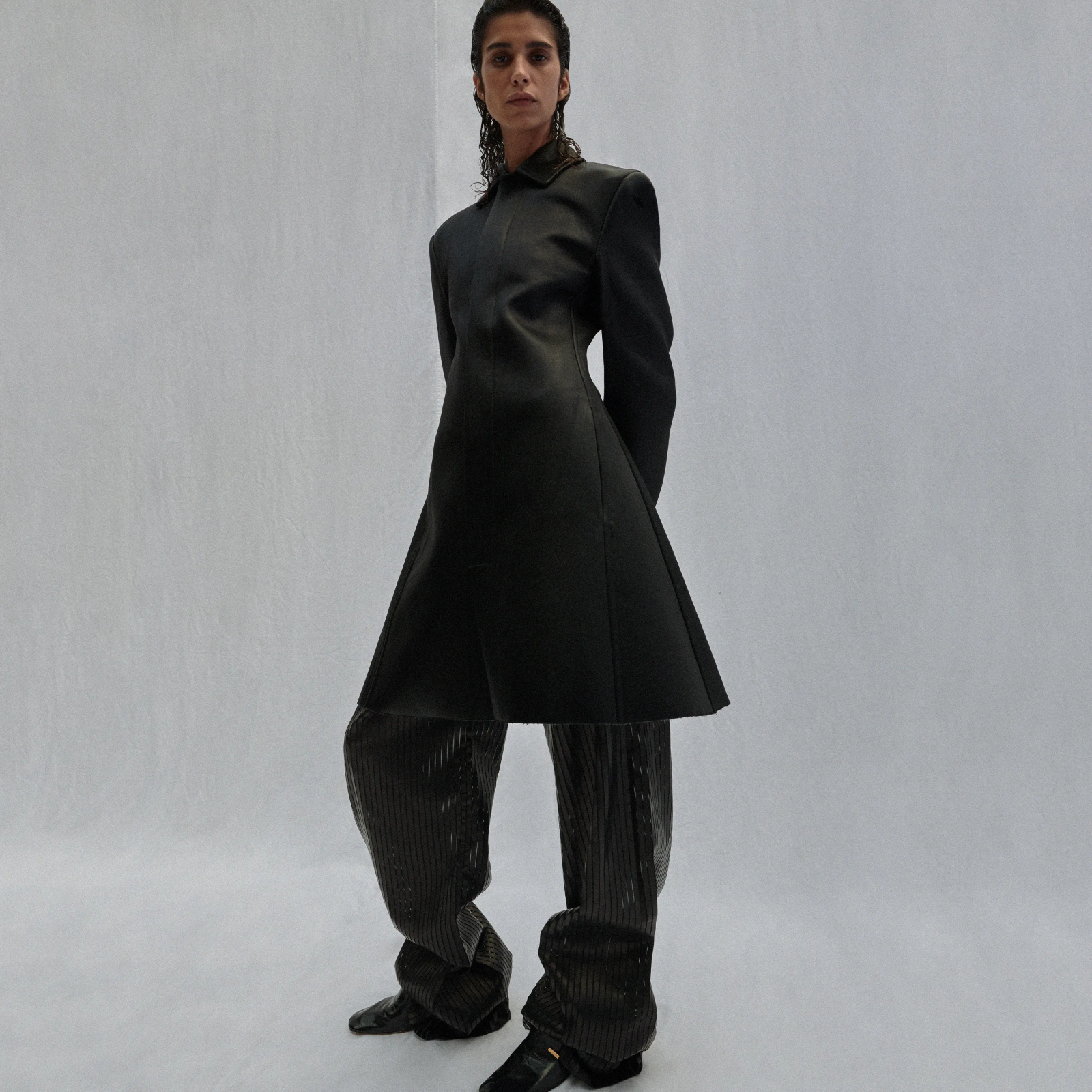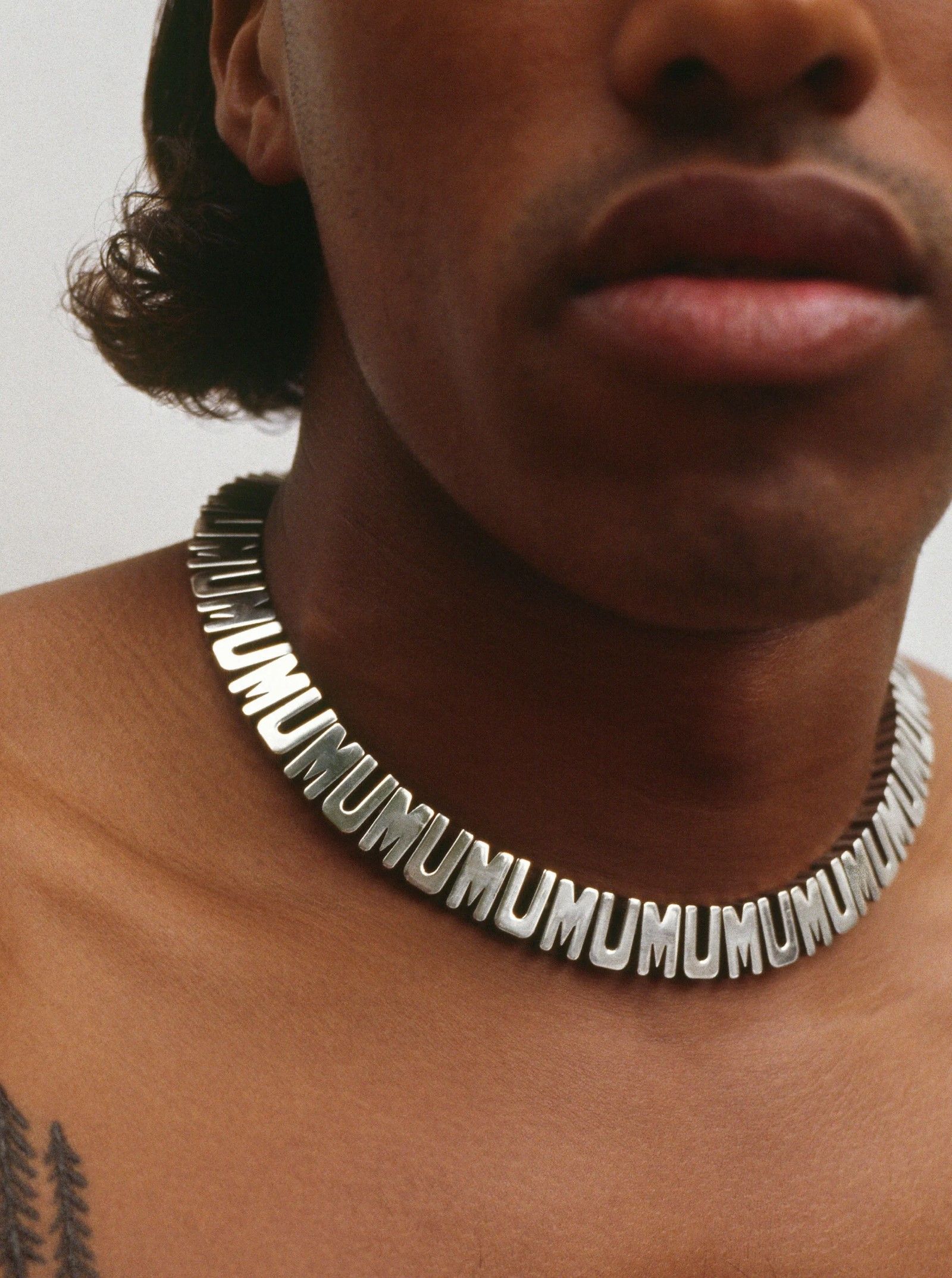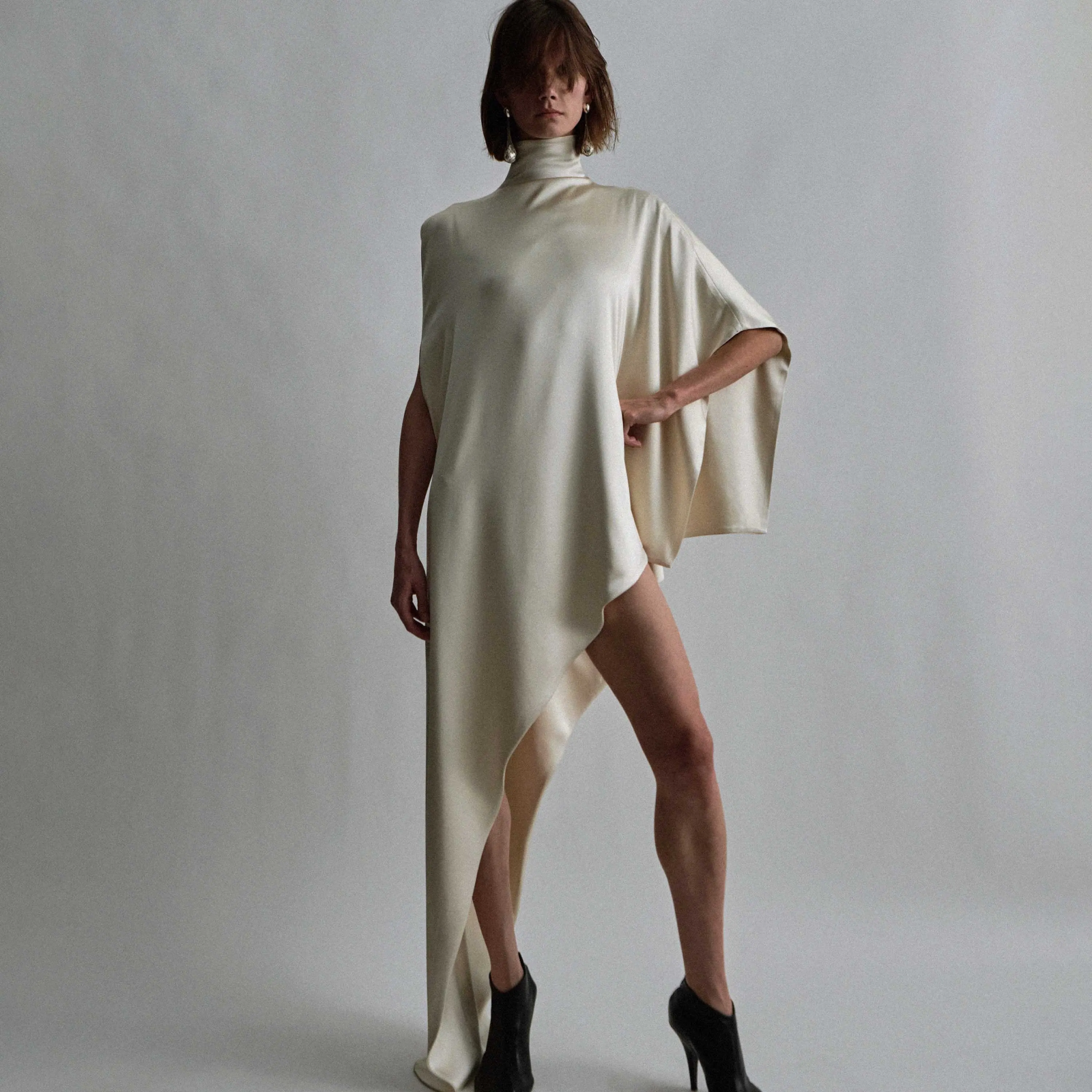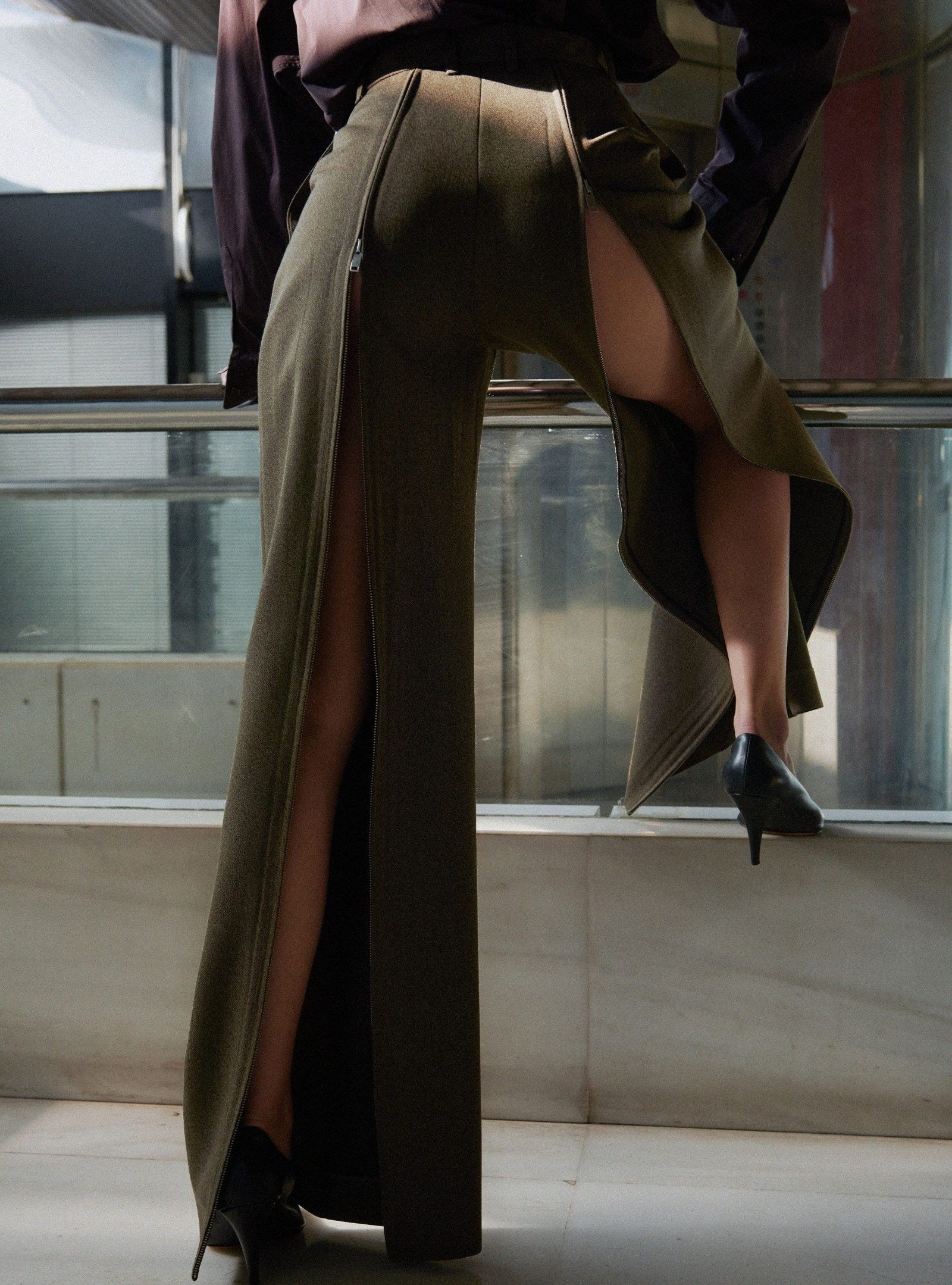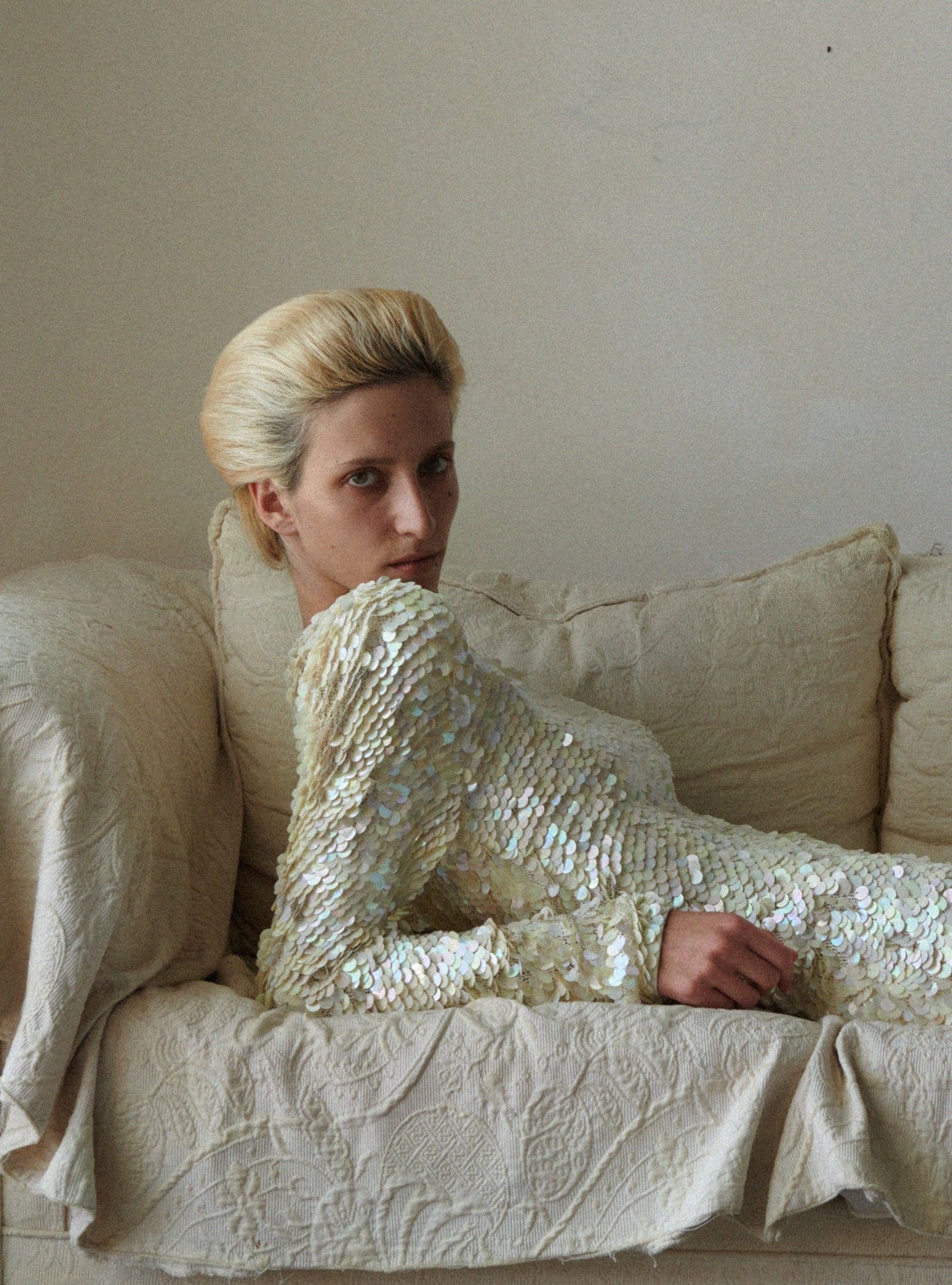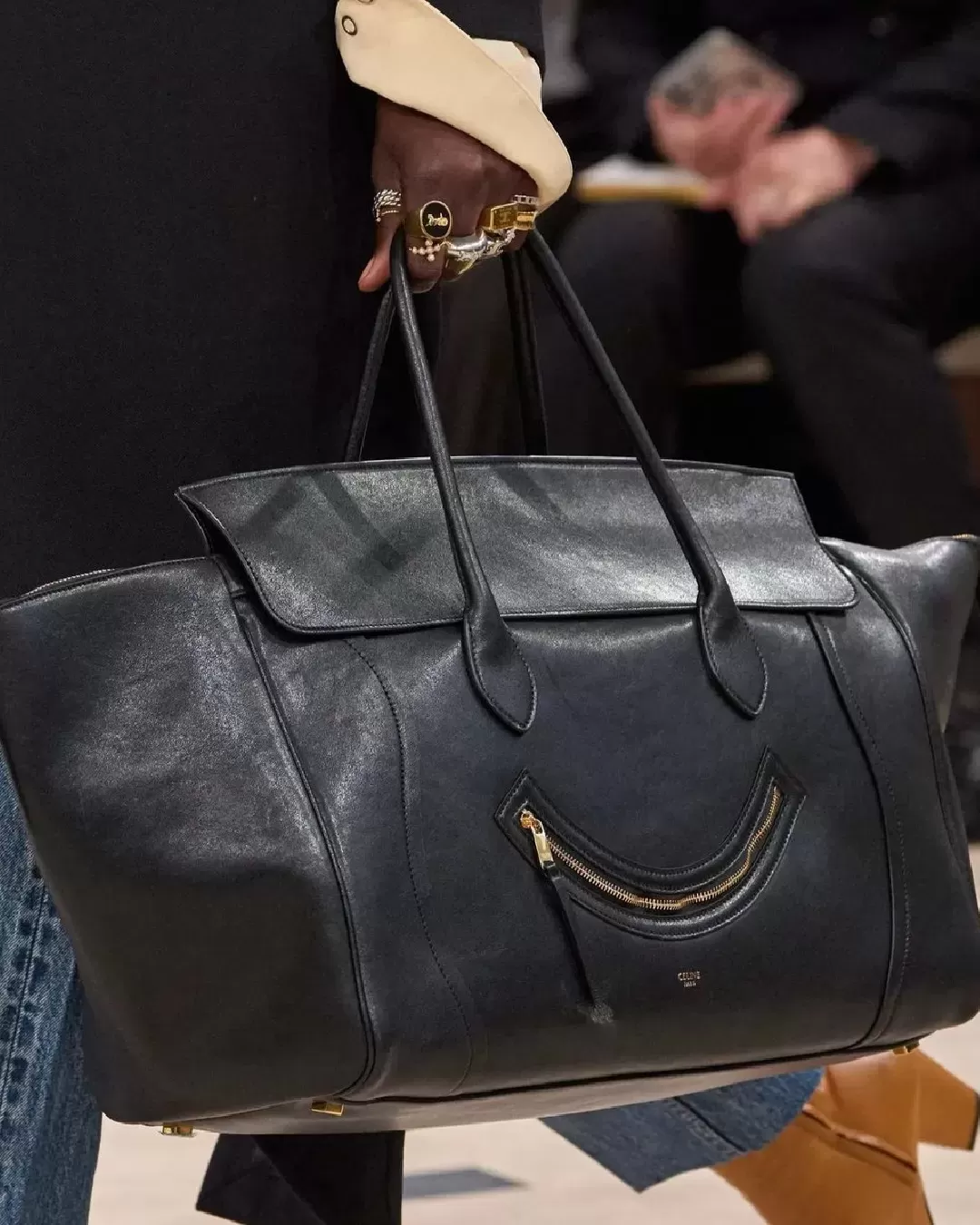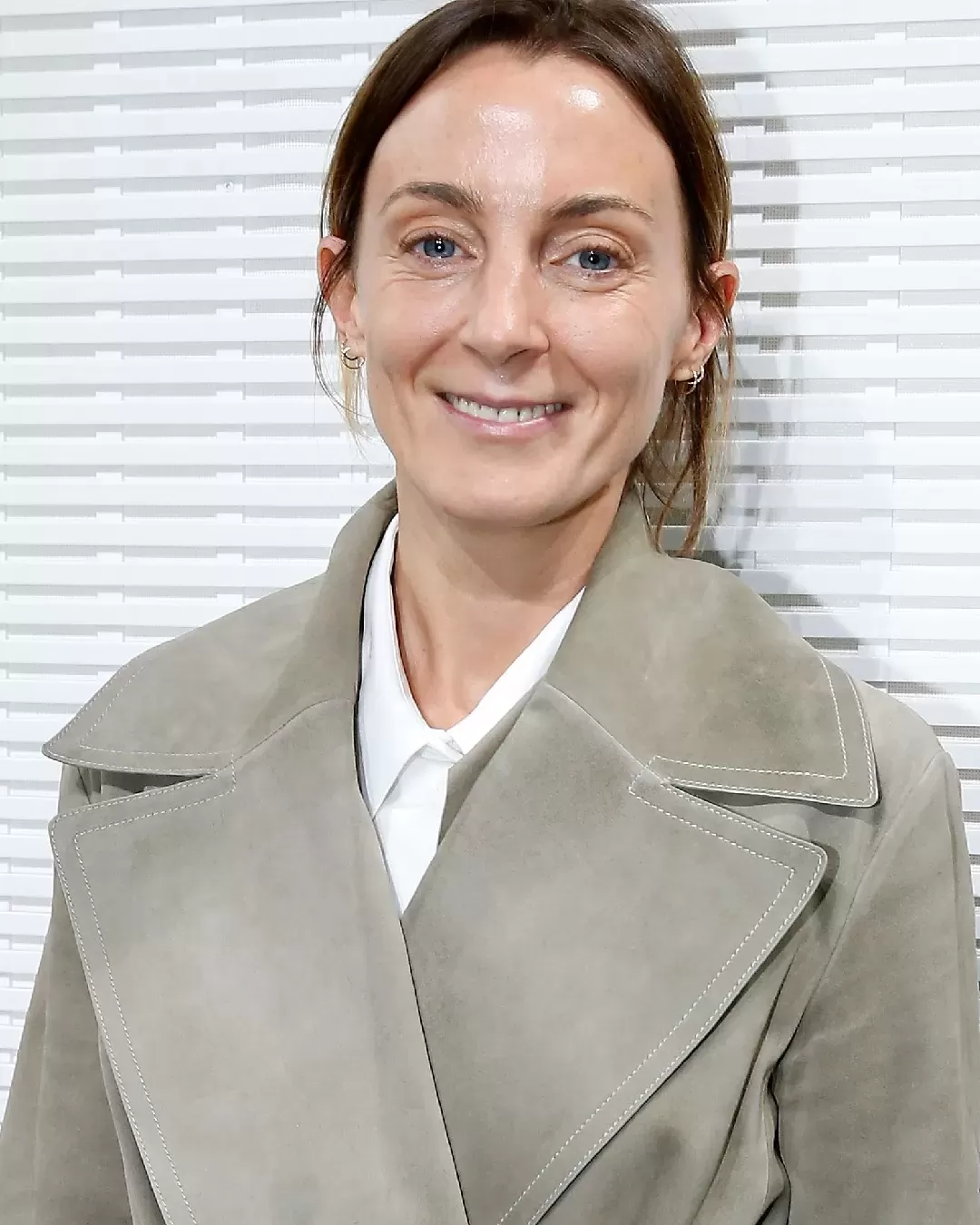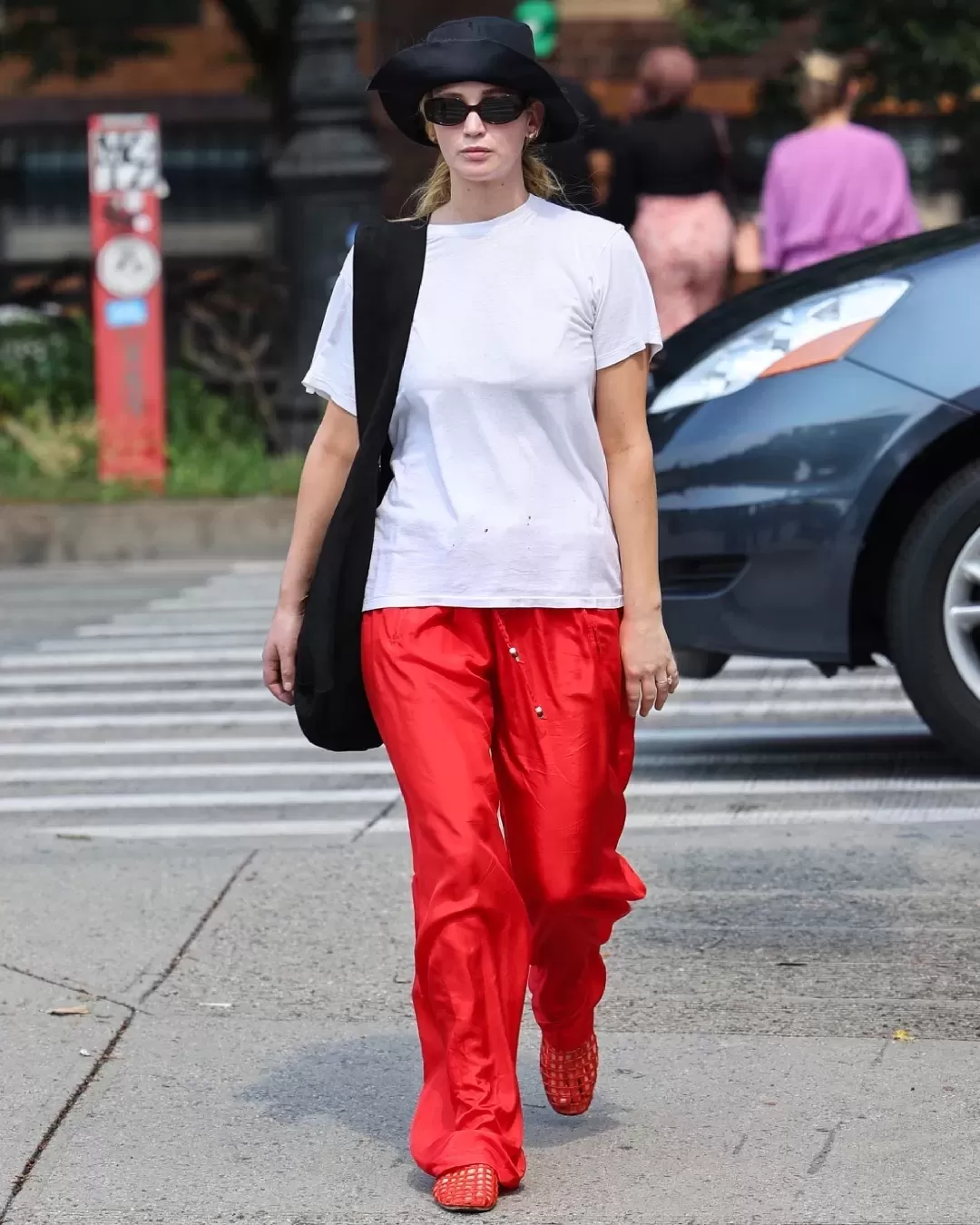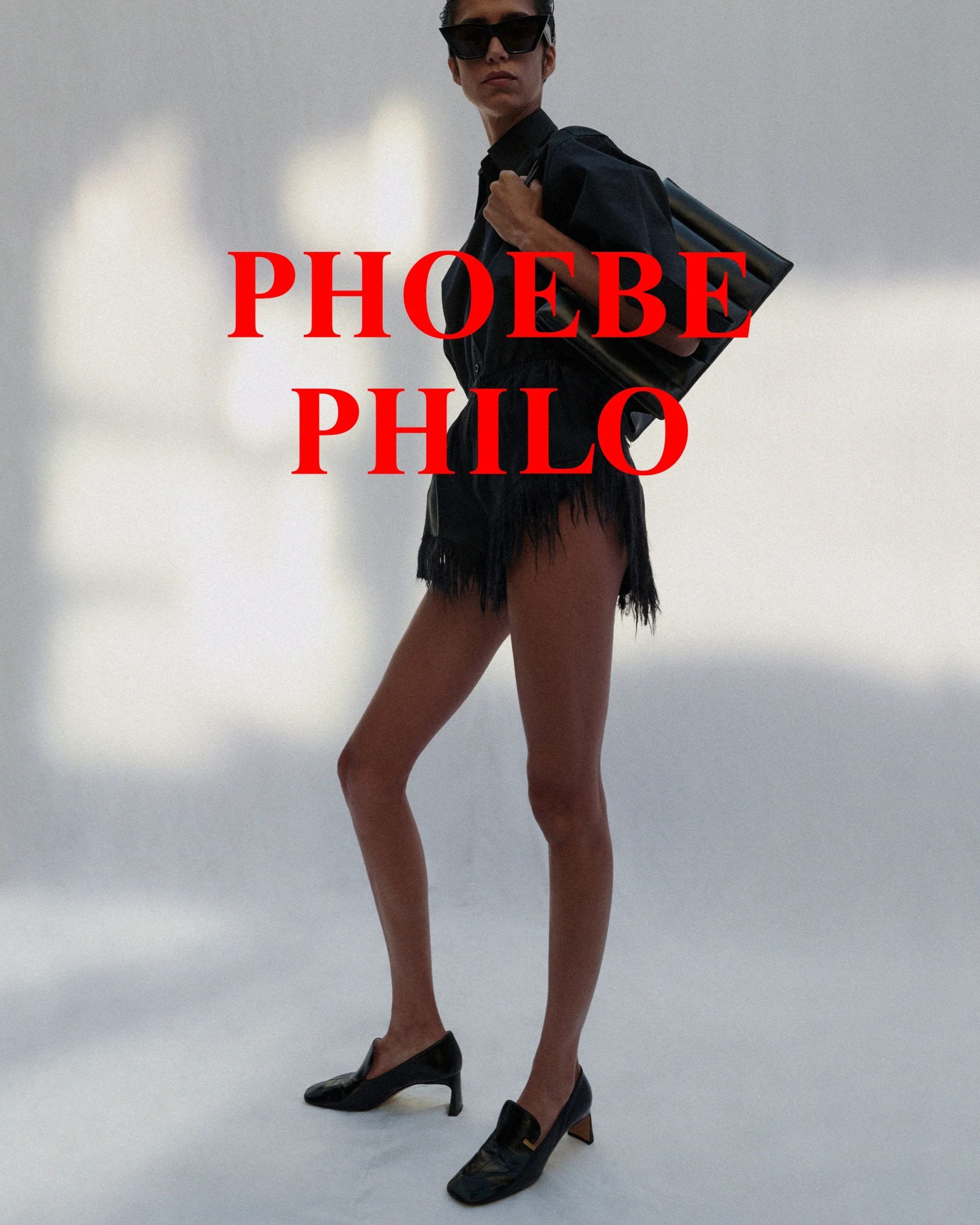
Phoebe Philo is back The first brand campaign did not disappoint
On an ordinary Monday in late October, a safe distance from the chaotic fashion weeks, Phoebe Philo's press office sent out to all subscribers to the brand's newsletter the announcement of the site's official opening: «phoebephilo.com is now open». A photograph bearing different textures, between leather and glass, serves as a backdrop for the designer's name in red block letters, while once the site opens the eyes and bodies of her models are the first to jump out at the visitor's eye-including Daria Werbowy, already featured in the brand's first sneak peek. The Home Page portrays a list of imposing and rigorous faces, nudity and voluminous silhouettes. Among the most exciting offerings are the MUM necklace, which sold out in a few hours, sheepskin wool coats and leather cut-out dresses that take us back to her Celine years, when the brand still had accent in its lettering and stood for femininity and strangeness in the best possible combination. The same rush of modernity and avant-garde that made us fall in love with Philo early last decade has reappeared on our screens with prices less affordable than ever (pants down to $2,400, dresses up to $8,500, jackets and sweaters up to $4,800, leather or shearling up to $25,000) that, however, have not stopped a horde of fans from buying the entire catalog, which not even 24 hours after its launch is beginning to color the sold-out red.
Now, given that the brand has virtually no storytelling outside of the accompanying images of the collection and its production statement, the most important data we can glean from the site is this statement «We are determined to create a fashion house that is socially and ecologically literate. [...] We are committed to minimising waste and avoiding overproduction by producing notably less than anticipated demand. We are committed to running a contained, well-managed supply chain». In short, the model seems new in a broader fashion ecosystem where five-story mega-boutiques are about to become the norm and brands sell their products to the four corners of the world. Phoebe Philo's model perhaps represents the intersection of the production model of an artisan store, Supreme's limited drop model, and the notion of "supply always falling short of demand" that always keeps the line of yearning customers in front of Hermès boutiques thick. It is a programmatic scarcity in which, however, may hide in germ the way out of that existential dilemma in which fashion finds itself today: how to massify luxury? The fact is just this, luxury cannot massify, it is for the few by definition-a fact in wide contradiction to the constant quest for quarterly growth by brands that expect to sell to billions of customers believing their exclusivity.
When a European brand's boutiques represent a network spread over five continents, indeed, it is hard to imagine a small, limited production entrusted to a handful of artisans. The interesting idea of Philo's brand is the idea of a contained, small operation: the lower the risk and the higher the demand, the higher the margins. In all this, the sibylline attitude of the fledgling brand, which already wants to position itself in the highest empyrean of the industry with its prices worthy of the most unattainable luxury, creates an exclusive aura by itself. Of course, it remains true that we do not know how much was actually produced: if only five models of the €12,000-plus shearling double-breasted coat exist, it will be easy to declare it sold-out. Nonetheless, even when very little was actually produced the idea of a limited, swift and final operation might be an antidote (or at least a good compromise) in a world of luxury that is over-commercialized and has lost the sense of authorship that once fueled it.
But how are the clothes? Are they worth their astronomical price? Without having seen and touched them, one cannot really say until they are worn. Judging from the photographs that we and the entire press have had access to, they seem to have a much more cerebral construction than those of The Row, more ethereal (but no less complex) than those of Bottega, and perhaps even more futuristic than those of Hermès. Some examples: the cuffs of the melange wool trench coat, traditionally visible on the outside of the sleeve, are now moved to the inside, and the band that fastens them is entirely detachable and not sewn, turned inside, transformed into a kind of decoration that retains its functionality; a matching scarf can be wrapped around it to create an even more alien silhouette; the silhouette and various closures (studs and zippers) of a leather blouson have a curvilinear abundance that is almost decadent, military if it weren't for the belt at the bottom that hangs forward like a belt without a loop; a very classic double-breasted coat is for women but has clearly been designed to fit men's measurements to create that delightful insouciance that women have when they wear a men's coat that is too big for them. Elsewhere, the fold of the sleeve of a jacket is rigid and defined, like the pleat of a pair of pants, turning the arm into a real sharp-lined design. And how can you not love the supremely sensual cunning of pants with a zipper on the back of the leg that unbuttons all the way up to the waist? If Philo has many emulators today, all of her talented disciples, few know how to be adorably complicated like her.
Among the critics of the collection, there are those who find the prices too high for a debut collection - probably ignoring the fact that in fashion, it is better to shock the market with a high price that will later, once the habit is formed, prove to be a sign of absolute excellence. There are also those who lament the brand's lack of storytelling: these customers have evidently not noticed that many identity statements that brands publish, with lofty tones used to extol their own excellence, are shamelessly promotional speeches that often throw more smoke in the eyes than anything else. Philo's silence is indicative: the product will speak for itself; after all, we are talking about clothes. Among the critics of the collection, there are also those who lament the fact that the pieces are basic: to them, it should be reminded that the pieces would be basic if there had been a runway show, but instead, presented like this, in the perspective of a composable and freely interchangeable wardrobe with other pieces of similar lines that are already in the closets of the brand's discerning clients, they represent the various articulations of a daily vocabulary for the Shiv Roys of this world. The idea of avoiding any branching out, selling directly to the customer through a single channel with limited and soon exhausted stock is exactly the exclusivity, rarity, and preciousness that luxury would like to represent and has so much difficulty achieving. Phoebe Philo is not for everyone - and that is precisely the point.











































